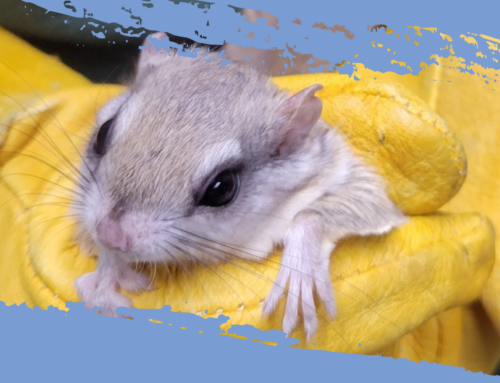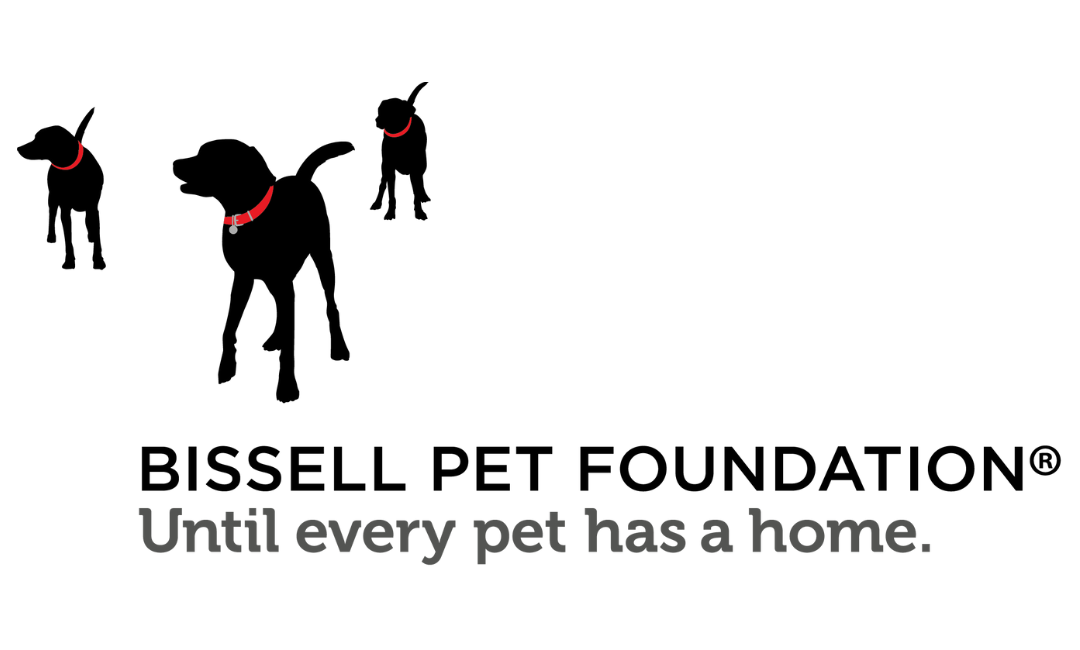Climate change and habitat destruction are impacting bat numbers all over the globe. Specifically for our Pennsylvania bats (of which 5 of the 9 species are considered threatened or endangered), temperature fluctuations have affected habitat availability, insect populations, and weather patterns (especially for migratory species). The fungus that causes White-nose Syndrome has significantly affected bat populations, some have declined by as much as 99%.
At our wildlife center, we receive many bats in the late fall and winter. Most arrive either from an inability to find a place to hibernate or early emergence from hibernation due to disease or warmer weather. They are typically emaciated and dehydrated due to a lack of available food, which affects the health of their wing membranes and prevents them from having enough energy to go back into hibernation.
To effectively hibernate, bats must increase their body weight by over 40%! In 2022, the wildlife center treated and released 22 Big Brown Bats displaced from hibernation. This group ate over 300 mealworms each day. Bugs cost roughly $1,000 for a 3-month supply for a colony of this size. We are expecting a similar number of displaced bats this year that we will be rehabilitating and housing until spring.
Clinic Case 23-1549
On June 4th, 2023, an adult Big Brown Bat was admitted to our wildlife center after safely being rescued from someone’s pool. Luckily, the homeowner knew that was a dangerous situation for the bat and brought her in to be cared for by our rehabilitators. It was clear on examination that the female bat was pregnant, luckily, she did not sustain any serious injuries, only found her to be dehydrated and close to delivery! She was given a “maternity ward”, which consists of a private enclosure with lots of hiding places and soft linens to minimize stress.
After one week, she gave birth to two healthy baby bats! Our team gave her as much privacy as possible so that she could raise her two young without any unnecessary human intervention. The mom bat was even able to teach her babies to eat mealworms out of a bowl! On August 19th, once they were old enough to start venturing out on their own, we were able to release the three bats with our other 9 babies that we had raised from a young age. They were able to be released into an established roost with other adults that would teach them all of the skills they need to be successful adults.
If you see a bat roosting somewhere out in the open, please contact our clinic at 412-345-7300 ext. 500 for the best way to provide assistance. If a bat is found in your home, be sure to put on thick gloves and safely contain the bat in a box or bin. Never handle a bat with your bare hands! Once it is in a warm, dark, quiet location, contact our clinic to find out how to proceed. Be sure not to place it outside and see if it flies away because it likely needs help!
How Can You Help Bats?
- Plant native flora that supports food resources
- Protect natural and even man-made roosting sites (this includes dead or dying trees!)
- If bats need to be excluded, please do so responsibly and humanely
- Install bat houses for excluded colonies
- Reduce pesticide use
- Become an advocate for bats!
- Debunk common myths and spread awareness about how important they are to the environment
Additional Fun Facts:
- Recent studies estimate that bats consume enough crop pests to save over $1 billion in crop damage and pesticide use in the US corn industry alone.
- There are more than 1,450 species of bats worldwide. That’s over 20% of all mammal species!
- Bats are the longest-lived mammals for their size. The oldest bat ever recorded was 41 years old!












